From the deep sea to inland waters, DEEPINFAR accompanies you.
With a global perspective, we offer professional aquatic solutions.
From the deep sea to inland waters, DEEPINFAR accompanies you.
With a global perspective, we offer professional aquatic solutions.
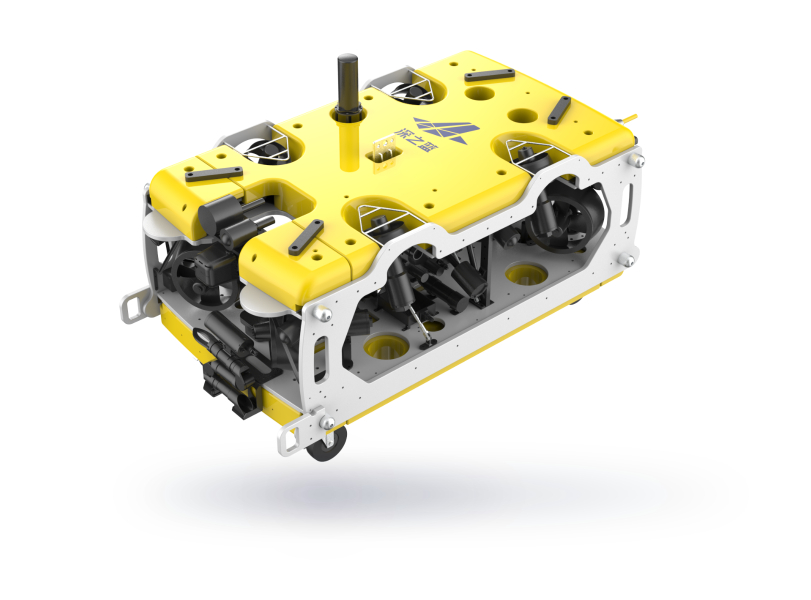
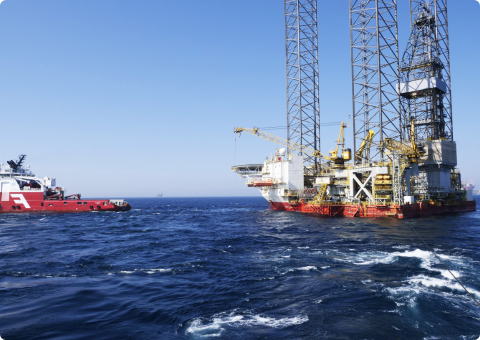
Oil and Energy
Operation and inspection of underwater structures for offshore oil, offshore wind power, and other offshore facilities.
With professional engineering technology and advanced, reliable products,
we offer comprehensive solutions and services for oceans and various water,
providing strong support for your projects.
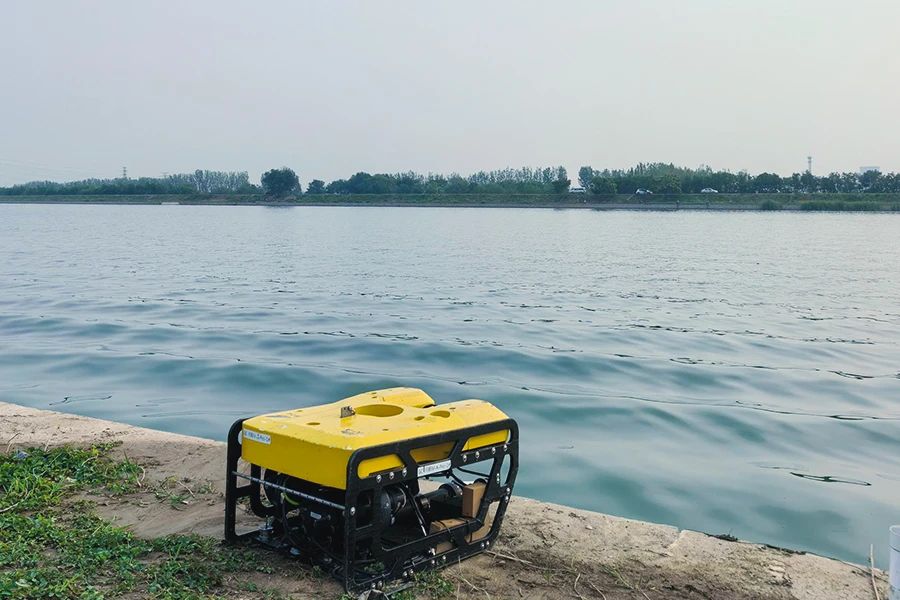
Deepinfar Secures 2025 Summer Davos with Advanced Underwater Robotics
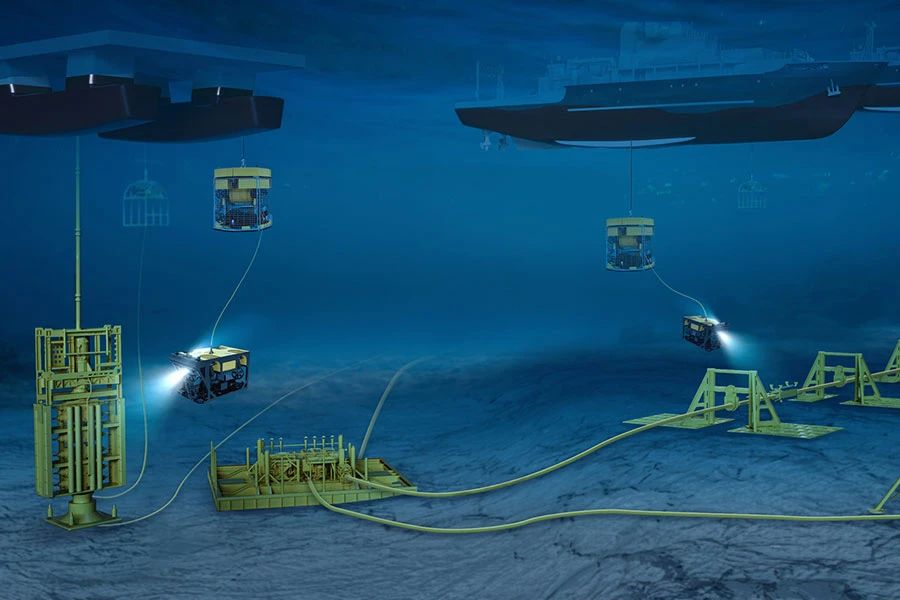
Deepinfar at OC 2025 | Real-World ROV Solutions for Offshore Oil & Gas
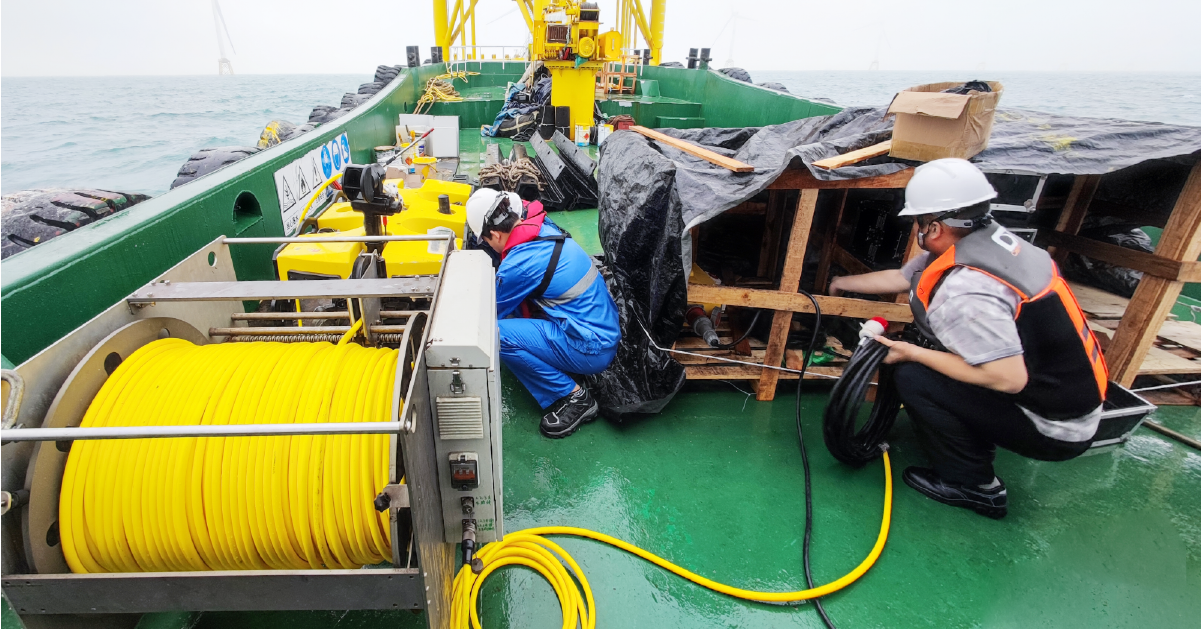
Haitun Series ROV | High-Definition Hull Inspection with Optical Clarity
